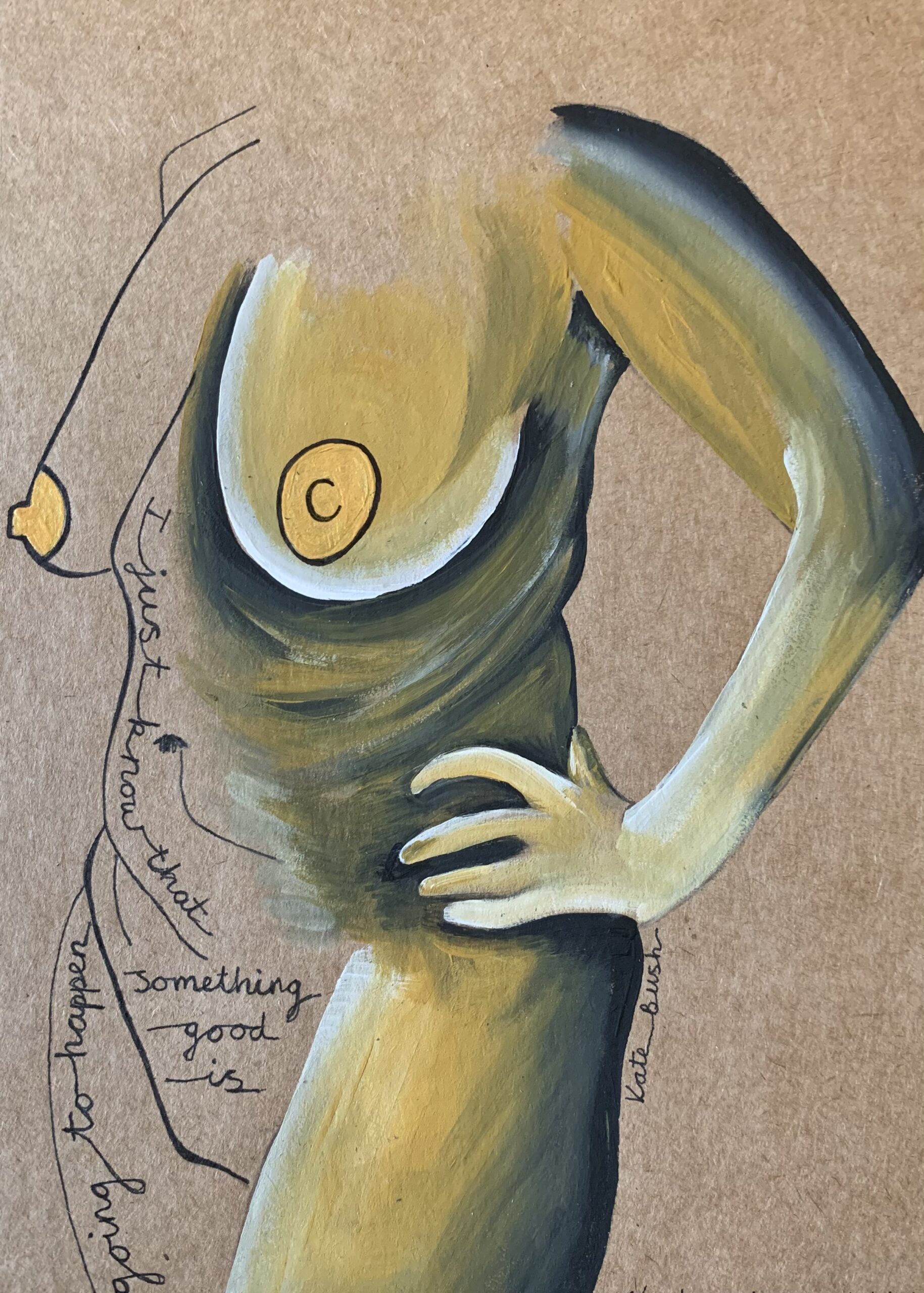Changing History to HERstory: Stars of Sport, Screen and Song
Kat Shaw's groundbreaking 'Changing History to HERstory' exhibition was in honour of International Women's Day 2021. It acknowledged and celebrated the lives of 57 magnificent women who have made their mark - one way or another, whether acknowledged or not - on history.
To read the stories of all the women who inspired Kat's exhibition—visual artists, writers, scientists and explorers, protesters, and more—visit the exhibition's homepage and follow the links.
On this page, we examine the lives and achievements of Kat's selected Stars of Sport, Screen, and Song.
“Nothing is impossible, the word itself says I’m possible.”

Audrey Hepburn
Audrey Hepburn (1929 – 1993) was a British actress and humanitarian. Recognised as both a film and fashion icon, she was ranked by the American Film Institute as the third-greatest female screen legend from the Golden Age of Hollywood and was inducted into the International Best Dressed List Hall of Fame. She was thought to have repeatedly struggled against the way women should dress, making trousers a female fashion statement, and often wearing flats, giving women an 'out' from towering stilettos.
Hepburn devoted the final years of her life to humanitarian work. Having donated to UNICEF (United Nations International Children's Emergency Fund) since 1954, she became a Goodwill Ambassador for the charity in 1988. She dedicated the rest of her life to helping impoverished children in Africa, Asia and Latin America by working in the field, nursing sick children and raising awareness of their conditions.
“Always be the leading lady of your own life.”
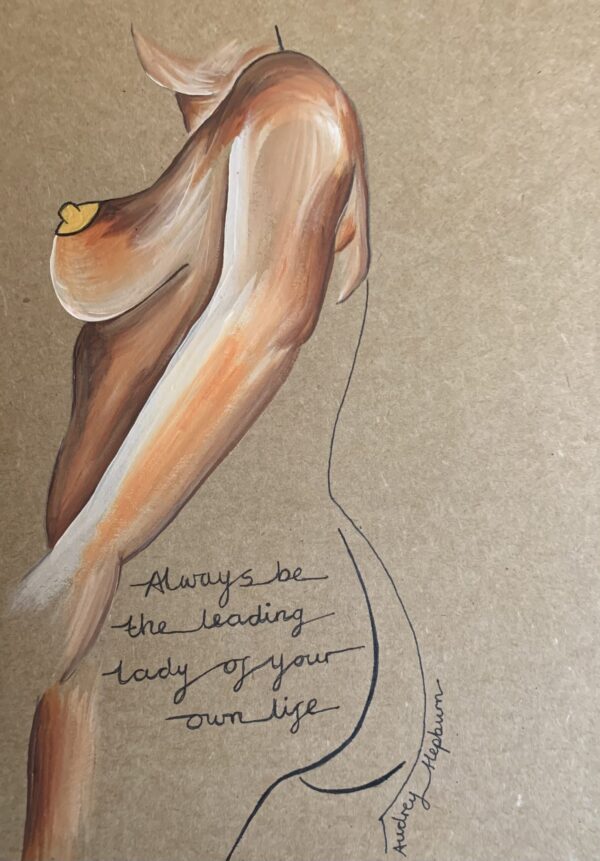
Audrey Hepburn is a hero because she overcame adversity, helped others, and never gave up. She was in Holland when the Nazis took over and watched German soldiers put men against a wall and shoot at them – her uncle being one of them. Her waif-like figure was the visual remnant of her starvation as a child in that time during World War II, which resulted in a slew of ailments that led to "a lifetime of quietly suffering frail health." In short, her pain became her beauty—and by extension, her livelihood, and she then used her fame for good with UNICEF.
In 1992 she received the Presidential Medal of Freedom. She remains one of only 16 people to have won the Academy, Emmy, Grammy, and Tony Awards.
“One of the best things that has ever happened to me is that I’m a woman. That is the way all females should feel.”
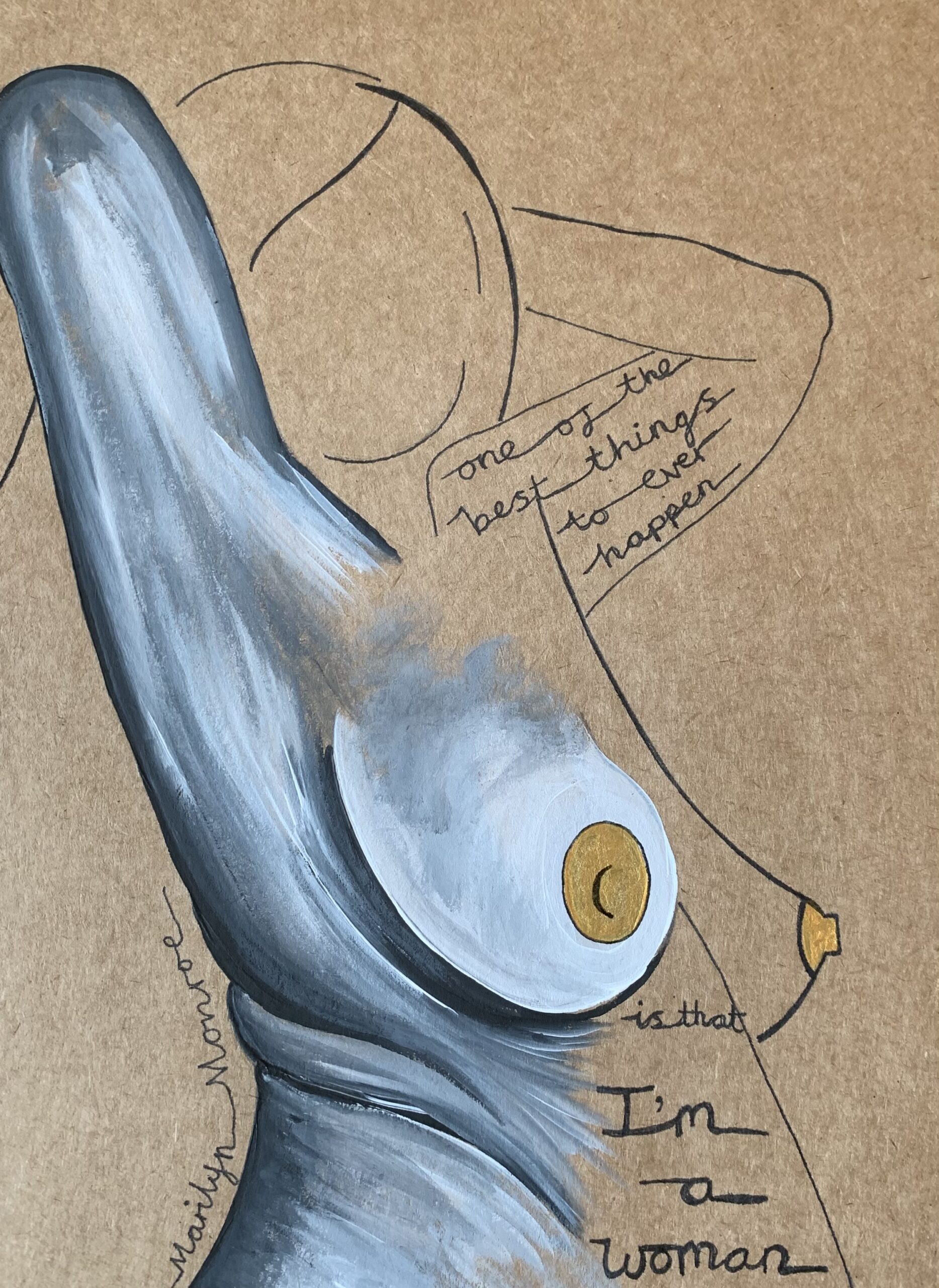
Marilyn Monroe
Imperfection is beauty, madness is genius and it’s better to be absolutely ridiculous than absolutely boring.”
Marilyn Monroe (1926 – 1962) was an American actress, model, and singer. She became a hugely popular sex symbol and actress, famous for her roles playing a 'blonde bombshell'. She was both a driver and a symbol of changing attitudes to sexuality in the 1950s and 60s.
Marilyn was born in Los Angeles as Norma Jeane Mortenson, but was later given her mother's surname of Baker (possibly because she was;t a Mortensen; DNA testing suggests he wasn't her father). She had a difficult childhood; her mother and maternal grandparents were committed to mental institutions, resulting in her living in a succession of relatives' homes, foster homes, and an orphanage. During this period, she suffered numerous sexual assaults.
“To all the girls who think you’re fat because you’re not a size zero, you’re the beautiful one, it’s society who is ugly.”

In 1942, at just 16, she married James Dougherty, who worked with her in an aircraft factory. He joined the Merchant Marines and was sent to the South Pacific during World War 2, while Norma was 'discovered' by a photographer. She left the factory behind for a successful modelling career and soon left behind Dougherty too, divorcing him in 1946. Shortly after, she signed a film contract with 20th Century Fox.
An acting career meant a new name and a new hair colour. Brown-haired Norma Jeane became platinum-blonde Marilyn Monroe. She starred in films that are now classics, such as Gentleman Prefer Blondes and How to Marry a Millionaire.
She married again in 1954, but her baseball star husband, Joe DiMaggio, was just as uncomfortable with Marilyn's image and rising fame as her first husband was. They divorced after just nine months. Despite later claims that he had been abusive, they remained good friends.
Fed up with being typecast and poorly paid, Monroe set up her own production company in 1954, and spent 1955 growing the company and studying method acting under Lee Strasberg. A new contract with Fox followed, offering higher pay and more control over her career. This period saw greater critical acclaim for films such as Bus Stop (1956), 1957's The Princess and the Showgirl (her first independent production)m and Some Like it Hot (1959), for which she won a Golden Globe for Best Actress.
However, she had also embarked on a third marriage during this time, to famous playwright Arthur Miller in 1956. It lasted four years, but it's thought to have contributed to her mental health issues during that time, and she was admitted to hospital twice for psychiatric observation.
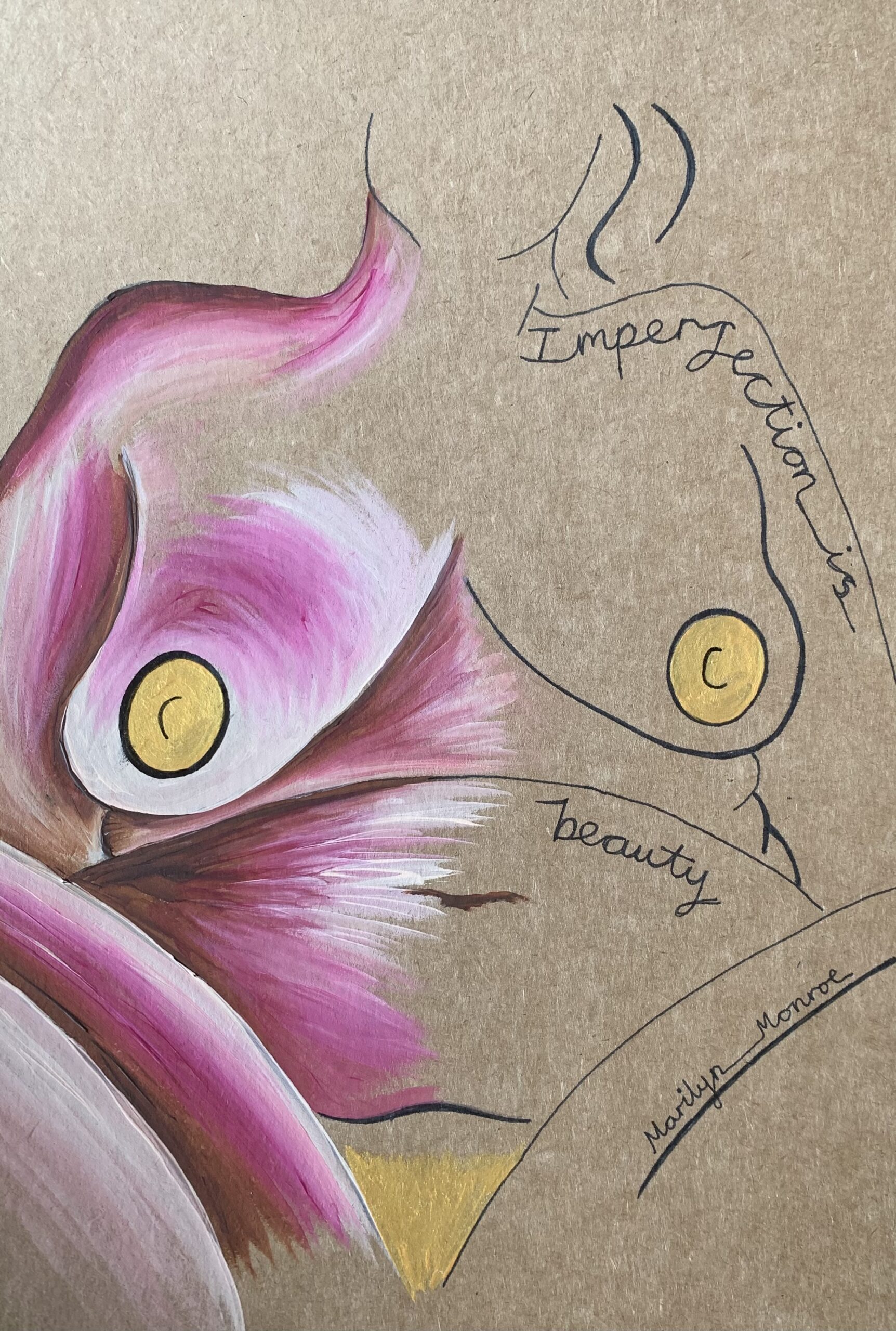
"Imperfection is beauty.”
Her last completed film was The Misfits (1961). On 5th August 1962, Monroe was found dead from a barbiturate overdose at her home in California. She was just 36 years old.
Marilyn Monroe divided opinion among women; she was admired and imitated by many, who loved her look and didn't care whether she was 'taken seriously', but others were disgusted or intimidated by her glamour, confidence and sexuality. She shared her views on the subject in 1959: “I’d like to be known as a real actress and human being,” she said, “but listen, there’s nothing wrong with glamour either. I think everything adds up. I’ll never knock glamour. But I want to be in the kind of pictures where I can develop seriously as a woman, not just wear tights.”
Marilyn was a strong woman who consistently fought for what she wanted and believed in, writing HERstory in a Hollywood era when men made all the decisions.
“Be a first-rate version of yourself instead of a second-rate version of someone else.”
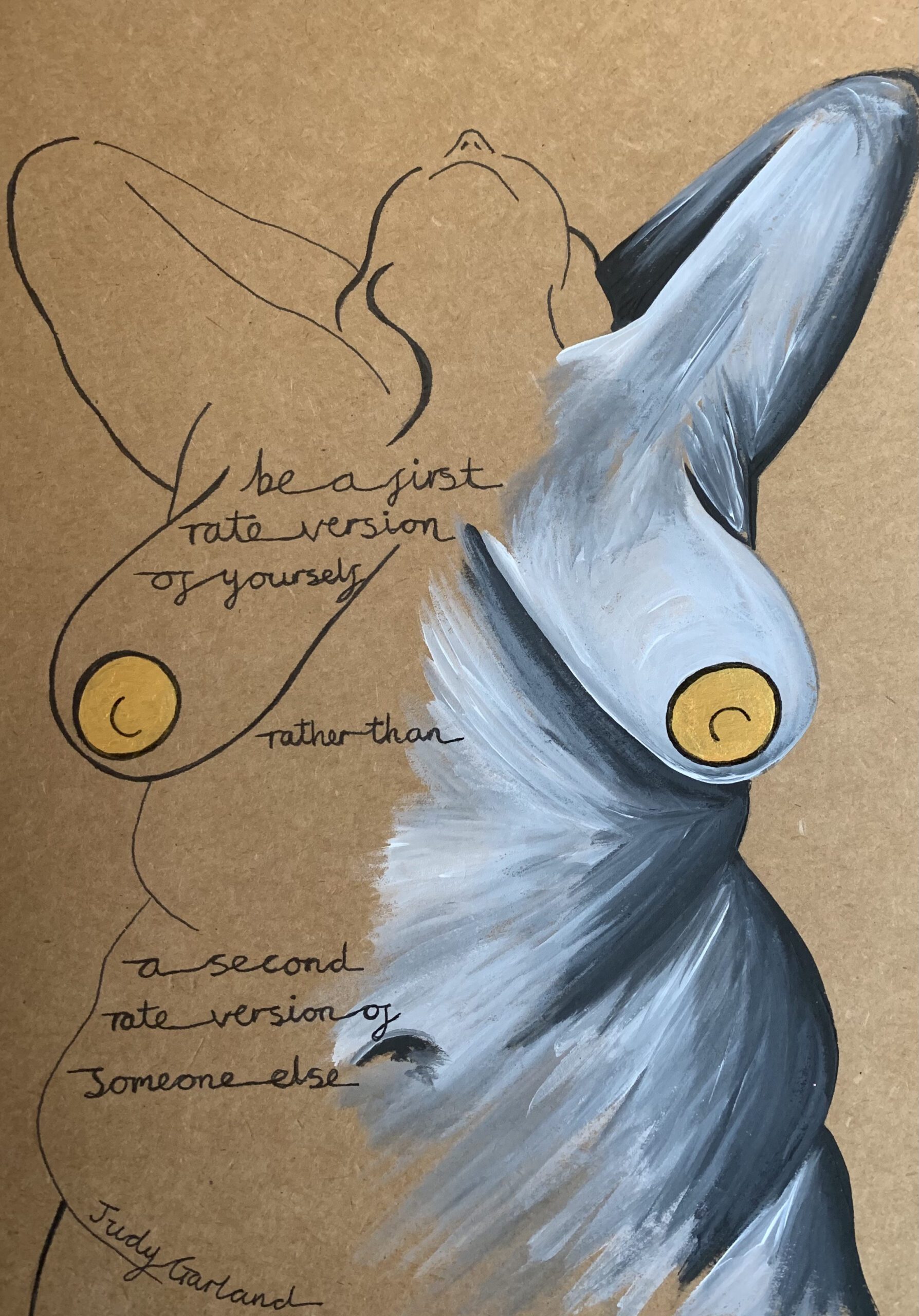
Judy Garland
Judy Garland (1922 – 1969), mother of Liza Minelli, was born in Minnesota to a theatrical family as Frances Ethel Gumm. Her mother pressured her to perform and may have given her drugs to increase her energy. At just 13 years old, she signed a contract with MGM and starred in The Wizard of Oz in 1939. MGM later dropped her, but she continued on her path to stardom, taking roles in both films and musicals. One of her most famous films was Meet Me in St Louis, and her work life kept her very busy.
However, her hectic schedule and the tremendous pressure put on her to maintain her looks and watch her weight took their toll. The studio put her on a strict, unhealthy diet, and gave her amphetamines for energy and weight loss. They started her on a journey of amphetamine reliance and a need for other drugs to help her sleep and perform. Substance misuse, addiction and depression increasingly dominated the rest of her life.
She had two short-lived marriages, the second of which was to Liza Minelli's father Vincent, a film director. Her third marriage to producer Sid Luft, in 1954, was also reportedly stormy. However, they had two children together and he provided a huge boost to her career. She won two Grammys in the 1960s, and an Academy Award for the film A Star is Born. Her divorce from Luft was quickly followed by another short marriage to actor Mark Herron.
By the end of the 1960's, Garland was noticeably suffering, mentally and physically, and in financial trouble. She married club manager Mickey Deans in March 1969, whom she allegedly met when she bought drugs from him. In June, he discovered her dead from a barbiturate overdose; her troubled life and successful career had ended at just 47.
Gertrude Ederle
Gertrude Ederle was born in1905 to German immigrant parents in New York City. She loved swimming from a young age, perfecting her technique at the local pool and the New Jersey beach where her family spent summer holidays.
Her passion for her sport led her to leave school in her teens to focus on her swimming career. Despite her young age, she broke 29 national and world amateur swimming records between 1921 and 1925—and broke seven records in just one memorable afternoon in 1922, at Brighton Beach, New York. The ‘Queen of the Waves’, as the press called her, also competed at the 1924 Olympic Games in Paris, contributing to the team’s gold medal in the 4 ×100-metre freestyle relay and winning bronze medals in the 100-metre and 400-metre freestyle events. In June 1925, Ederle became the first woman to swim the length of New York Bay. Her time of 7 hours 11 minutes broke the previous men’s record.
Her life’s ambition, however, became to swim the English Channel, even though many people believed a woman couldn’t do it. Her first attempt in 1925 failed when her trained advised her to stop, worried she was struggling—although she later said she felt she could have made it, despite their misjudgement of the tides.
However, she returned to France even more determined the next year—and this time, she had abandoned the traditional, heavy, women’s bathing suit (woollen, and inclined to get waterlogged) for a two-piece she had designed herself. She also had a new trainer, Bill Burgess, the second person to swim the channel.
“I just knew that if it could be done, it had to be done, and I did it.”
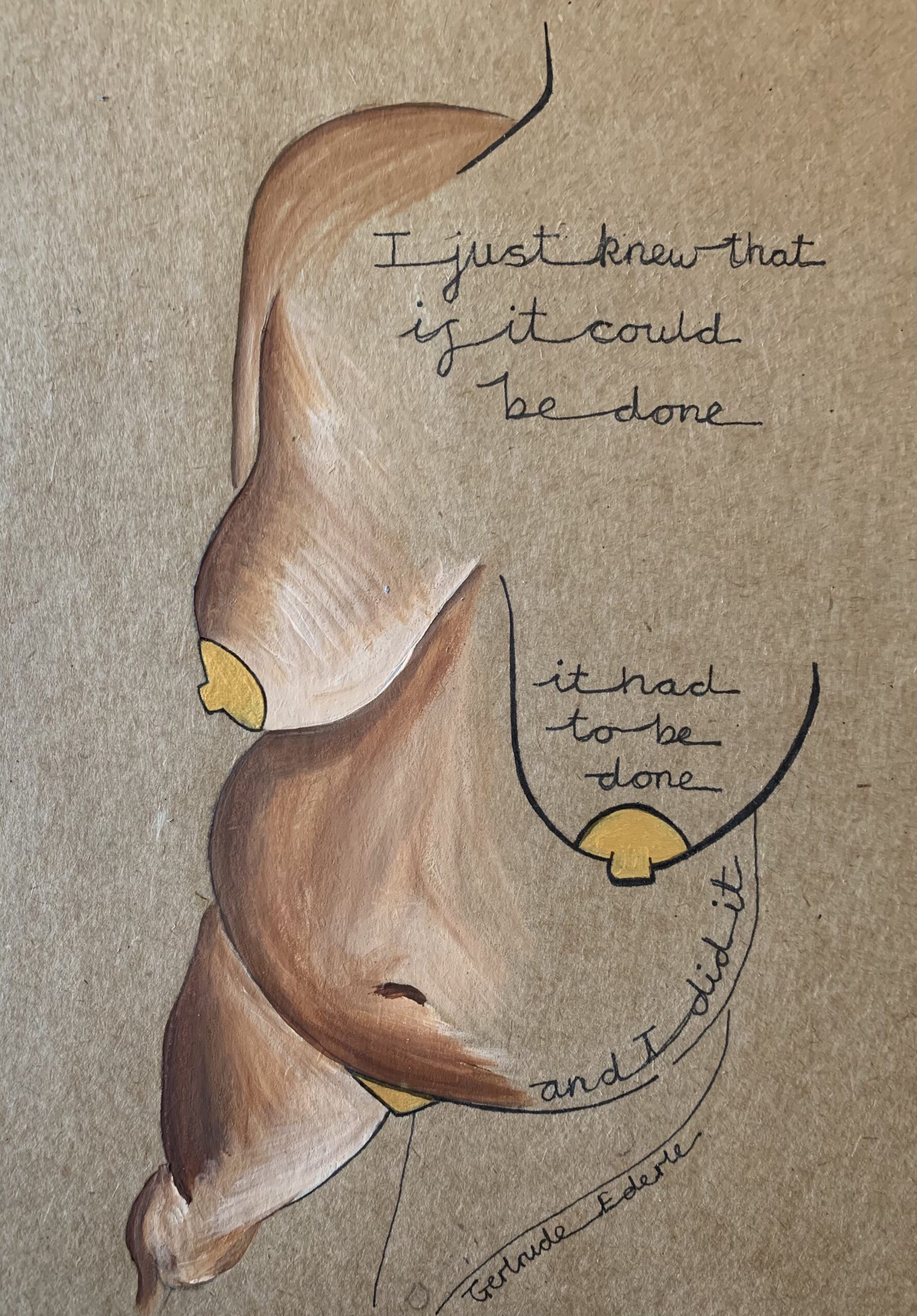
On 6th August 1926, her second crossing attempt was successful; at just 19, she had become the sixth person—and more significantly, the first woman—to swim the channel, despite jelly fish stings and the storms and heavy swells that turned her 21-mile swim into a 35-mile ordeal. Her time of 14 hours and 31 minutes beat the previous record set by male channel swimmers by 1 hour 59 minutes, and se held the women’s crossing record until 1951. Afterwards, Ederle told a reporter, “I knew it could be done, it had to be done, and I did it.”
Unfortunately, Ederle damaged her hearing during the Channel swim and in 1933, a serious back injury halted her competitive career and curtailed much of her exhibition swimming too. She spent much of her adult life teaching deaf children in New York City to swim, and died in 2003 at the age of 98.
“My misfortune has turned out to be my greatest blessing.”
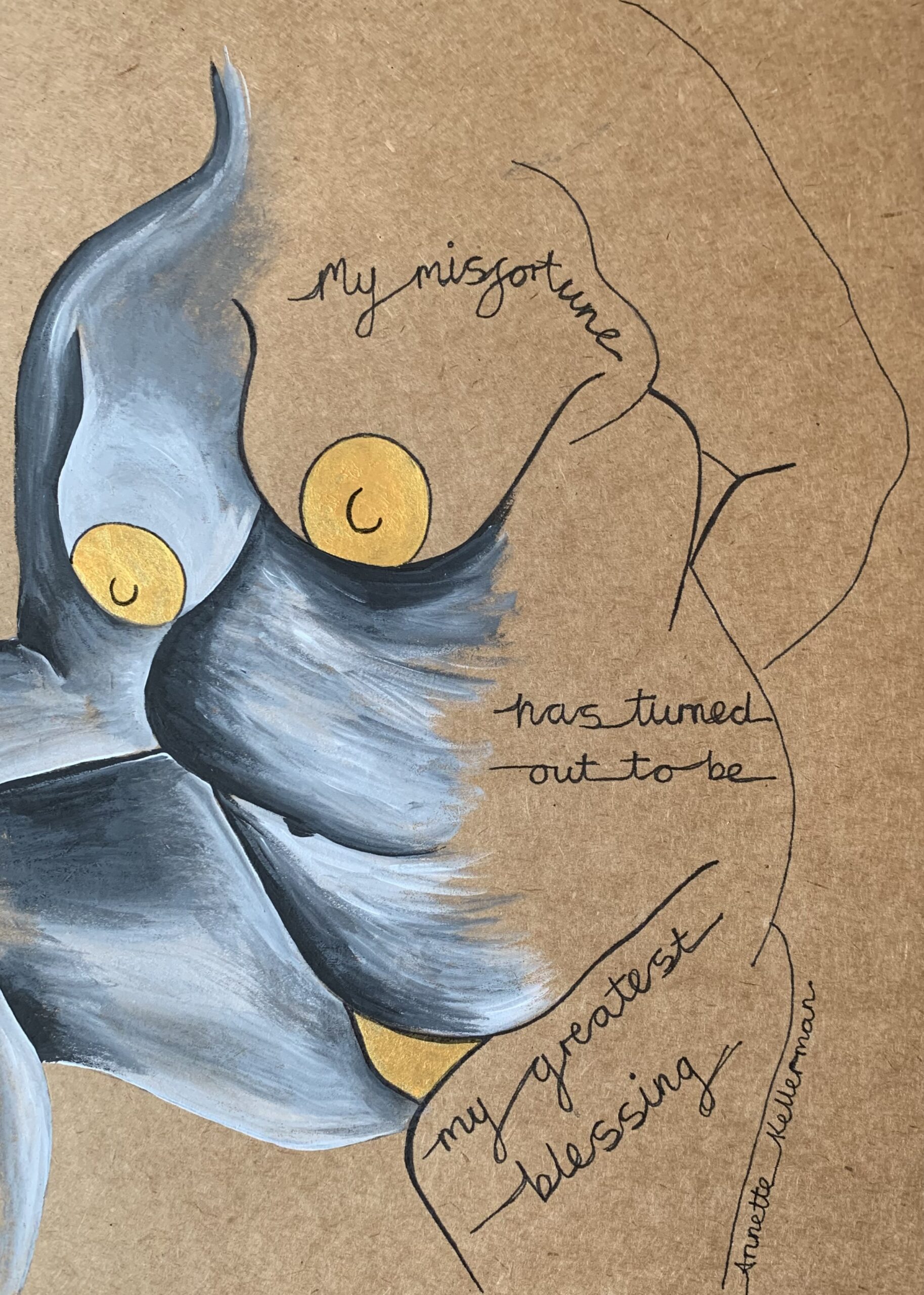
Annette Kellerman
Annette Kellerman was born in New South Wales, Australia, on 6th July, 1886. At age six, she developed weakness in her legs and had to wear painful steel braces. Her parents enrolled her in swimming classes to help her recovery and rehabilitation.
Her legs slowly strengthened and by 13, she was practically recovered. By 15, she had mastered all the swimming strokes, showed a great aptitude for diving, and began to compete in contests.
Kellerman went on to become a champion swimmer and diver, breaking the record for the 100-yard and one-mile races in Australia in 1902. She regularly exhibited her swimming and diving skills in various shows, and in 1905, she was one of the first women to attempt to swim the channel. She went on to make two further unsuccessful attempts.
However, Kellerman’s swimming and diving accomplishments are not the only thing she is famous for. She was also a great advocate of women’s rights, and at a time when women wore swimming dresses and ‘pantaloons’ or knickerbockers while swimming, she wore a far more practical one-piece suit. “I can’t swim wearing more stuff than you hang on a clothesline,” she explained.
She was arrested for indecency in 1907 in Massachusetts for wearing a swimsuit, but she paved the way for much more suitable swimwear for women. Also, her roles in films including Neptune’s Daughter (1914), A Daughter of the Gods (1916), and Queen of the Sea (1918), promoted physical activity and fitness as natural and beneficial - for women as well as men.
Kate Bush
‘Cloudbusting’ Kate Bush was born Catherine Bush in 1958 in Kent, England, to a musical family. At 11, she began teaching herself to play the piano and compose songs, also studying the violin. Although a demo tape produced by her family failed to attract a record deal, a mutual friend eventually passed it on to Dave Gilmour of Pink Floyd. That led to her being signed to EMI Records.
In 1978, aged only 19, she became the first female artist to reach Number One in the UK with a self-penned song—the eternally popular Wuthering Heights. She went on to produce a string of hit albums and divide opinion with her theatrical, dance-driven stage performances and music videos, and her choice of subjects for her lyrics. Works of literature, the lives of Harry Houdini, controversial psychiatrist and inventor Wilhelm Reich, and the plight of Australia’s Aboriginal people have all inspired her work. One secret of her artistry is that she has never feared the ludicrous—she tries things other musicians would be too careful or cool to go near.
Bush has received numerous accolades and honours for her work, recognised not just for her music but also her dance. She has been nominated for the Brit Awards fourteen times and won a Brit for British Female Solo Artist in 1987. She has also had seven Grammy nominations and received the Ivor Novello Award for Outstanding Contribution to British Music in 2002.
In 2013, she was given a CBE (Commander of the Order of the British Empire)(CBE) in the New Year Honours list for services to music. Bush became a Fellow of the Ivors Academy in the UK in 2020, prompting another Ivor Fellow, the legendary Annie Lennox, to neatly sum up Bush's importance and appeal: "She is visionary and iconic and has made her own magical stamp upon the zeitgeist of the British cultural landscape."
“I just know that something good is going to happen.”
